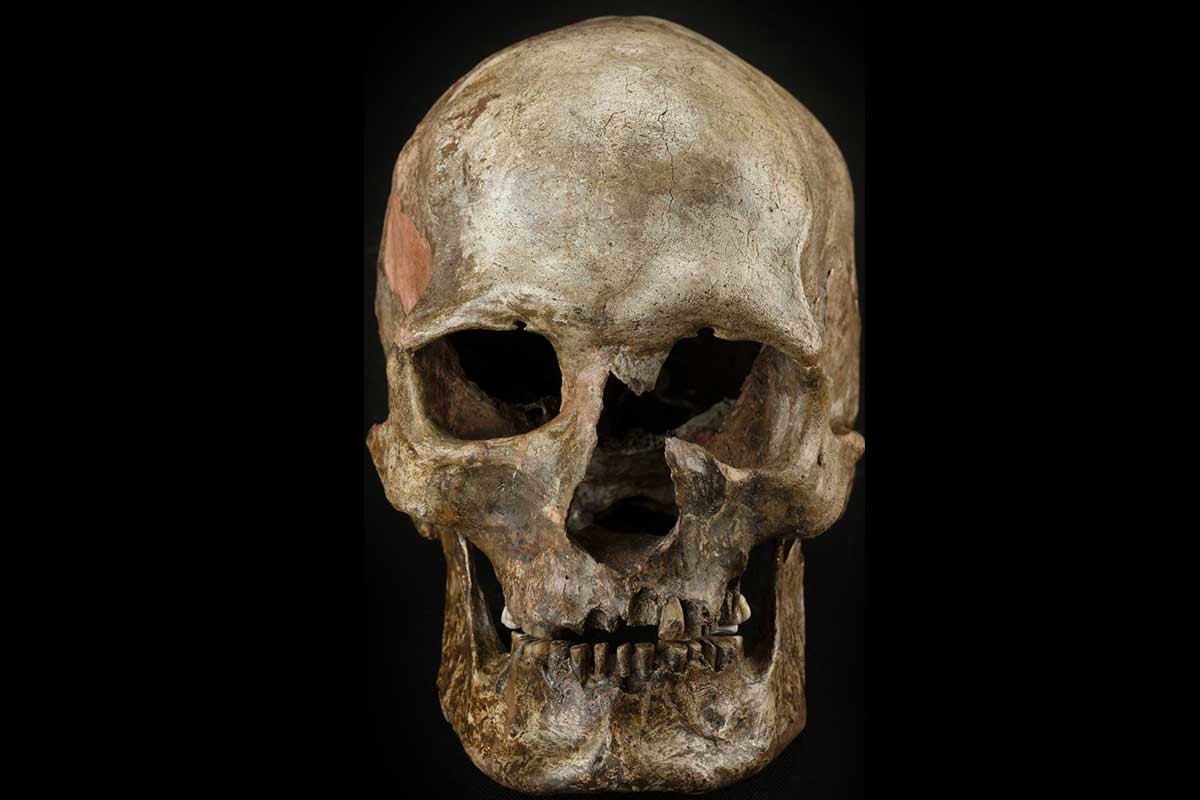New Scientist
Image: Martin Frouz
Europe went through a major population upheaval about 14,500 years ago, at the end of the last ice age, according to DNA from the bones of hunter-gatherers.
Ancient DNA studies published in the last five years have transformed what we know about the early peopling of Europe. The picture they paint is one in which successive waves of immigration wash over the continent, bringing in new people, new genes and new technologies.
These studies helped confirm that Europe’s early hunter-gatherers – who arrived about 40,000 years ago – were largely replaced by farmers arriving from the Middle East about 8000 years ago. These farmers then saw an influx of pastoralists from the Eurasian steppe about 4500 years ago, meaning modern Europe was shaped by three major population turnover events.
The latest study suggests things were even more complicated. About 14,500 years ago, when Europe was emerging from the last ice age, the hunter-gatherers who had endured the chilly conditions were largely replaced by a different population of hunter-gatherers. Read more on newscientist.com…








